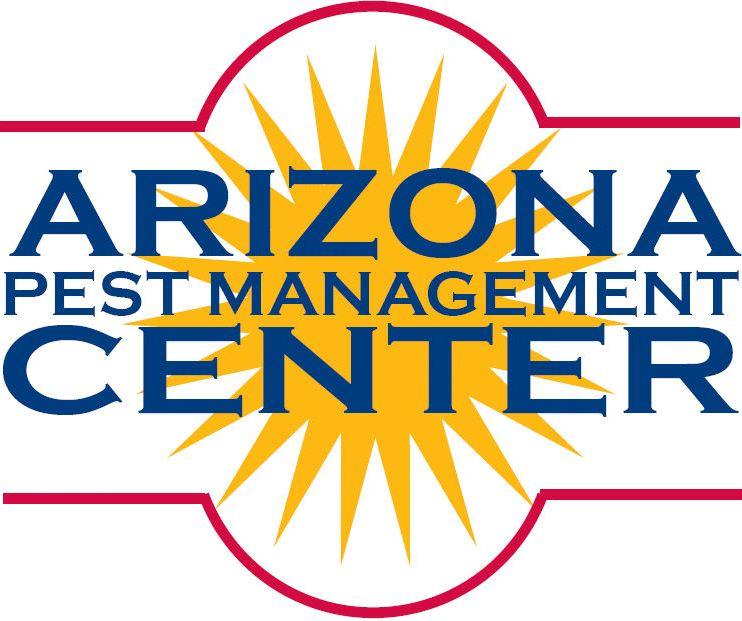“Integrated Pest Management, or IPM, is a long-standing, science-based, decision-making process that identifies and reduces risks from pests and pest management related strategies. It coordinates the use of pest biology, environmental information, and available technology to prevent unacceptable levels of pest damage by the most economical means, while posing the least possible risk to people, property, resources, and the environment.”
-- National Roadmap for IPM
What does IPM cover?
“Pests” include arthropods, vertebrates, weeds and plant pathogens that can threaten crop production or pose economic or health risks to people or the environment. IPM programs can help effectively manage pests in agricultural, residential, public areas, and wild lands.
It's all about reducing risk
The Goals of the National IPM Program, as described in the National Roadmap for IPM are:
- to improve economic benefits related to the adoption of IPM practices;
- to reduce potential human health risks from pests and the use of IPM practices;
- to minimize adverse environmental effects from pests and the use of IPM practices.
These goals revolve around a theme of reducing risk: economic risk to growers and other IPM users, risk to human health, and risk to non-target organisms and the environment.
Characteristics of an IPM program
An IPM program consists of the following elements:
- it integrates multiple tactics and addresses multiple pests;
- it takes a holistic approach (ecosystem or landscape-level);
- it accomplishes economic and/or aesthetic objectives;
- it capitalizes on natural controls and minimizes negative impacts on non-target organisms and the environment;
- it meets societal goals;
- it is a localized, adaptive approach.
